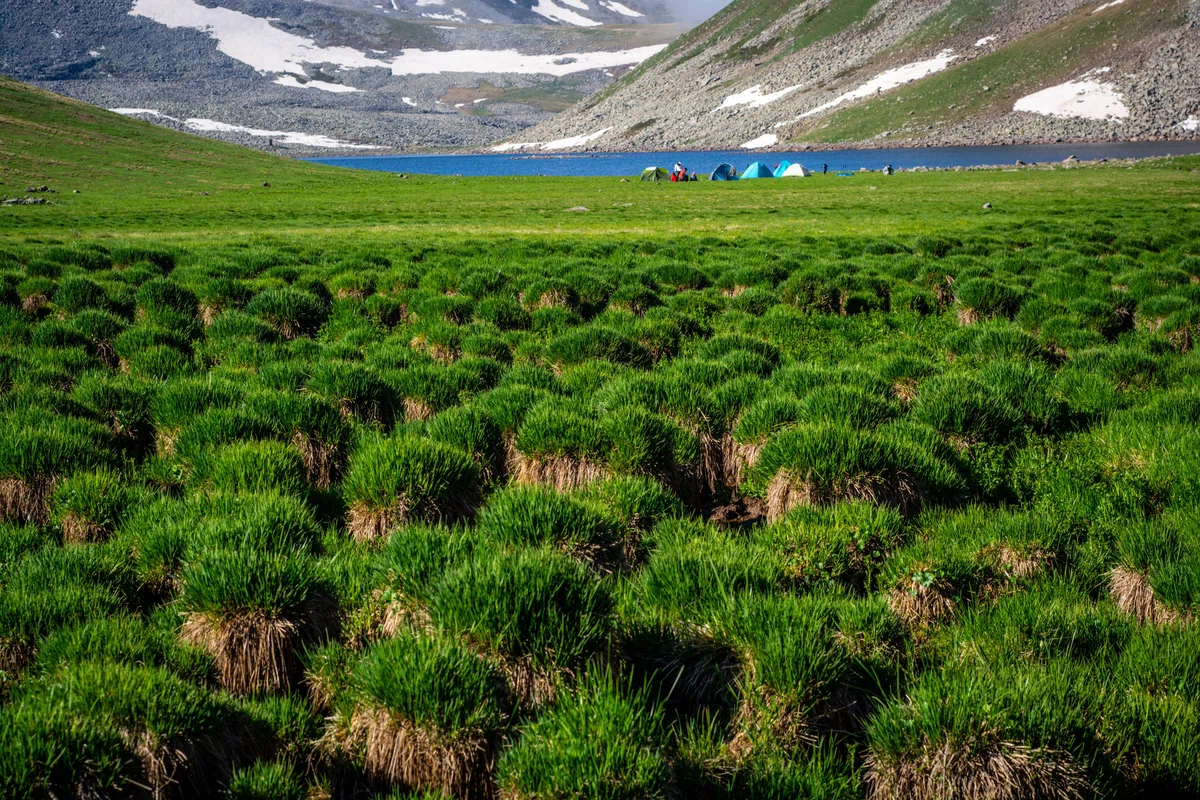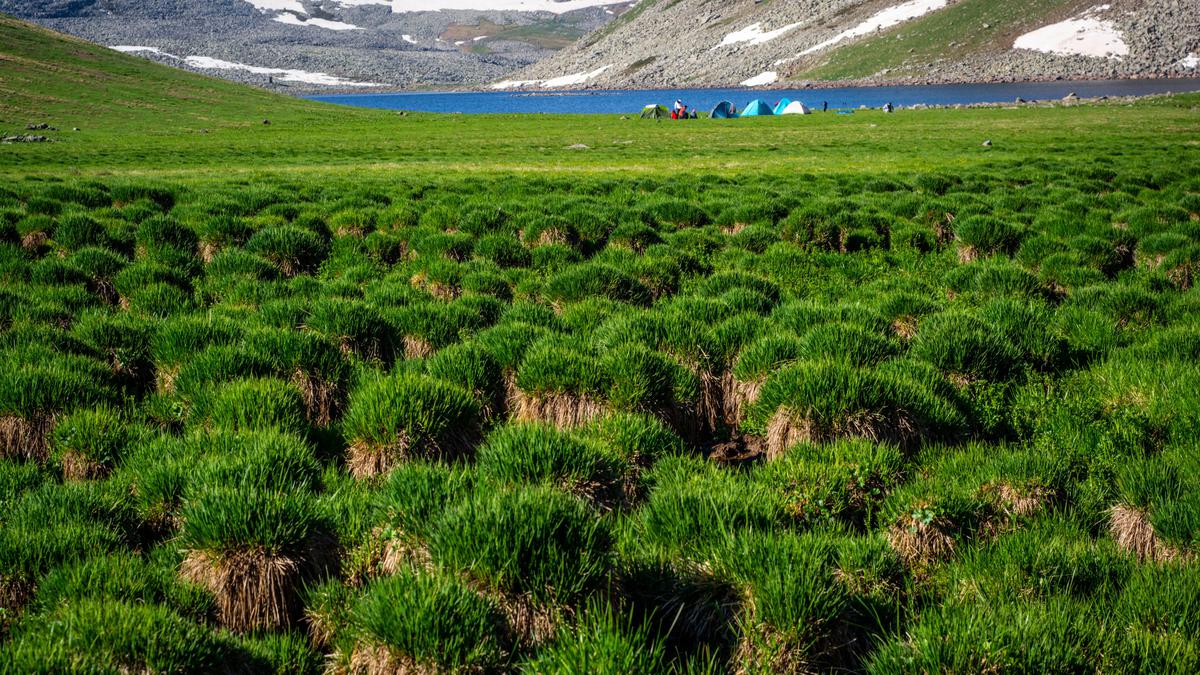
Swampy areas in Georgia. Sulda well.
Wetlands have essential functions for the normal functioning of the terrestrial ecosystem. Sulda is one of the most significant bogs in Georgia. The surface of the bogs is covered with dense thickets, and the increased humidity contributes to it. Sulda bog is very large and is located in a lake basin.
Wetlands play a significant role in the earth's ecosystem. First and foremost, wetlands stabilize climatic conditions and preserve the biome diversity of an area. They are the habitat for many rare and endangered plant and animal species. During the migratory season of birds, wetlands serve as a resting place for birds.
That is why the two most important wetlands on the Javakheti plateau, Sulda and Kartsakhi, have been given the status of a nature reserve. Both marshes are formed as a result of swampy lakes. Their surfaces are always covered with thick and tall thickets of sedges of different species.
The reserve of Sulda bogs is located 2.5 km from the village of the same name. From the west, the reserve is bordered by the Murakwali Ridge, from the south - by the village of Bozali, and from the north - by Myasnikiani. Territories with high humidity are mainly supplied by natural streams and drains from ridges of nearby mountains.
In Javakheti bogs, wading birds of prey such as the harrier and the mound (the most common among the birds of prey on the Javakheti Plateau) make their nests.
Fifteen species of birds, of which eight are waterfowl, have been recorded in the Suld bogs. In spring and autumn, birds can be observed there.
The reserve of Suld bogs covers the territory of the Javakheti National Park. Its area is 320 hectares. The reserve was founded on March 22, 2011.
5 km to the south-west is a reserve of Kartsar bogs. The total area of the reserve is 158 hectares. In 2004, in the vicinity of Kartsa Lake, in the mountain meadow-steppe territories, a plant of the rose family, which is not found anywhere else in Georgia, was discovered.

Location:
Akhalkalaki municipality, Javakheti plateau; 1,260 m above sea level.

Coordinates:
N41 50'24''; Е42 39'43''

How to get there:
Distance from Tbilisi (via Ninotsminda) - 180 km, from Akhalkaki - 20 km, from Akhaltsikhe - 90 km













43 comments
Log in to leave a comment
А крупнейшие болота Грузии - Сулда и Карцахи - имеют статус заповедников. Здесь обитает множество редких видов птиц и водоплавающих животных, и произрастают уникальные растения.
Глядя на фото, могу сказать, что природа болот действительно имеет особую прелесть, влажная среда - идеальное место для многих представителей растительного и животного мира.
Прочитала статью «Болотные местности в Грузии. Колодец Сулда» на сайте madloba.info. Что можно сказать о статье.
✅ Положительный момент статьи: Благодарю за интересную информацию о болотах и заповедниках Джавахети, Грузия. Болота действительно играют важную роль в экосистеме, обеспечивая стабилизацию климата и биомногообразие, а также служат местом обитания для многих редких видов растений и животных. Заповедники Сулдских и Карцарских болот в Джавахети защищают эти уникальные экосистемы и позволяют сохранить биоразнообразие в этом регионе.
✅Отрицательный момент статьи: Информацию, которую необходимо было бы дополнить в данной статье, не имеется. Статья является целостной и исчерпывающей.
Я благодарю автора на каталоге Мадлоба за познавательные сведения и расширение кругозора!